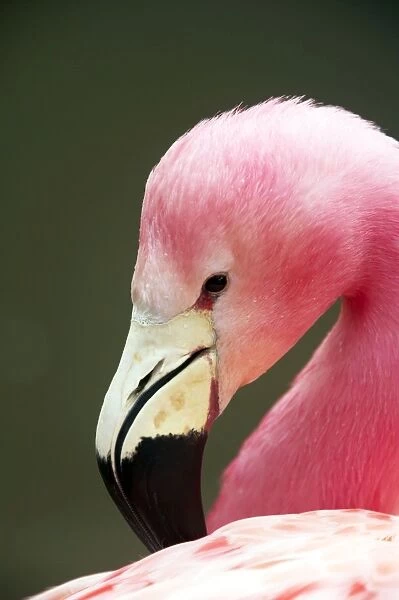

Wear gloves - to prevent skin irritation. It's advisable to keep pets (dog's and cat's) well away and prevent personally handling them when re-potting. Poisonous: If digested the plant is poisonous and can cause digestion problems. Misting and keeping the plant clean will bring out the best of this plant's appearance. Lance shaped leaves (long and wider in the middle) are also an attractive feature that grow to approximately 8 inches long. A number of factors (amount of substance ingested, size of the animal, allergies, etc.) determine what is toxic to a particular pet. The red colored (other colors are available) spathe has a very distinct glossy look that bloom's usually throughout spring to summer (flowers can last for a few weeks). The content of this page is not veterinary advice. How they look: The spadix (curly orange stem of very small flowers) and the spathe (what looks like the flower but is a bract - modified leaf -) look's outstanding. As far as researchers know, the genus includes. However, a grower needs to be aware that they need plenty or care and attention (see instructions below) which may not suit the inexperienced grower. Flamingo plants belong to the Arum family (Araceae) and originate from the tropics of Central and South America. Growing and care: These are delightful to grow because of how spledid they look. Or slightly bent with the A andreanum (oilcoth). The main differences between the flamingo and oilcloth is in size (flamingo is smaller) the leaves are a different shape and the spadix grows straight Some people are mistaken when they state the A andreanum is the Flamingo flower (it's the oilcloth flower) – which is important to know, because they have differences. Long-term maintenance Remove spent flower bracts as soon as they begin to turn brown and re-pot your flamingo flower every two to three years. Over-watering can cause the leaves to turn yellow and eventually lead to fatal root rot.


Grow indoors in a peaty potting mixture with organic matters such as compost or ground bark to enrich it and improve drainage. Water every three days maximum the surface of the soil should be moist, not wet. Different species: The A scherzerianum is one of many species from the Anthurium genus (there are many more). Plant with the crowns just above the surface and cover with sphagnum moss to prevent the uppermost roots from drying out.


 0 kommentar(er)
0 kommentar(er)
